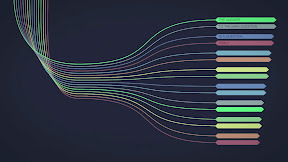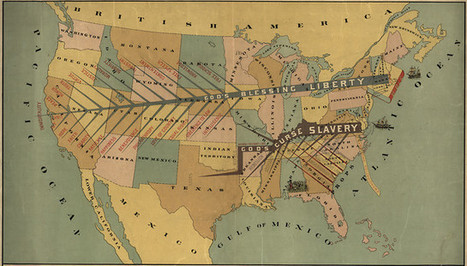In the great tradition of end of year blog posts, here's a feature on the top 10 video infographics of 2012.
Over the year, I’ve curated 222 videos on this site [videoinfographics.net], and reviewed hundreds more. As part of my process of watching and curating so many infographic videos, I started to keep my own 3-star ranking system of these videos in a spreadsheet to help me keep track of those that I think are the most outstanding. The result was about 60 3-star videos in 2012. That’s too many to feature in a top X list so I turned to the Likes and Comments of my top ranked videos (and in doing so eliminated videos only featured on YouTube since YouTube comments are pretty much trash). This resulted in a list of 10 videos that had triple digit Likes on their Vimeo pages.
Voila! A top 10 list. So, in a ascending order, here are the top 10 most liked animated video infographics featured here in 2012, including number of Likes and Comments for each (as of December 30, 2012).
Via Lauren Moss



 Your new post is loading...
Your new post is loading...








